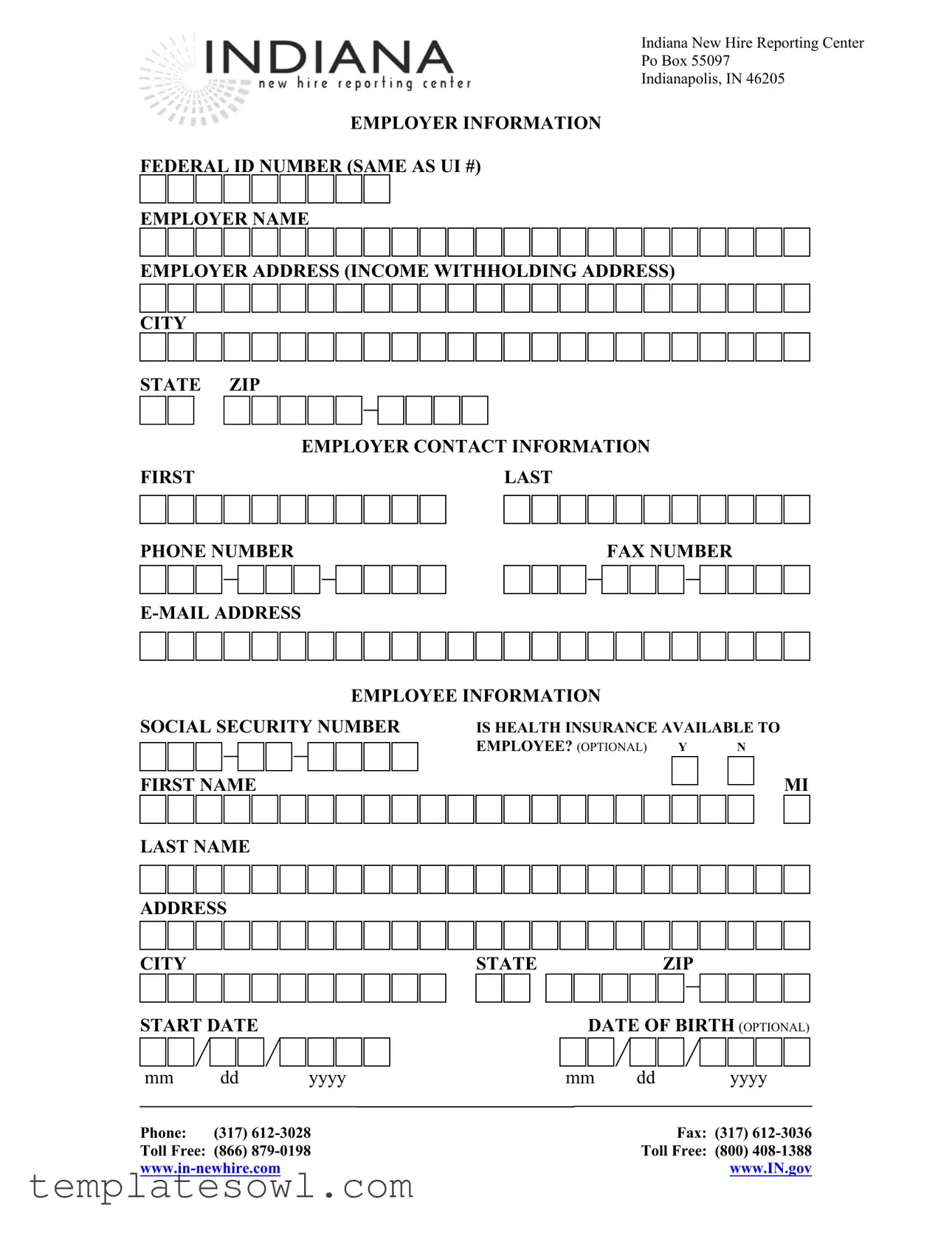Filling out the Employer Information form can seem straightforward, but many people make common mistakes. One frequent error is forgetting to include the Federal ID Number, which is crucial. This number is often used for various tax and legal purposes. Leaving it blank could delay processing of the form, causing unnecessary complications.
Another common mistake is not providing a complete employer name. An incomplete name might lead to confusion, making it hard for the recipient to identify your business. Always double-check to ensure that the name matches official records.
Next, many people fail to provide a precise employer address. When this information is missing or incorrect, it can create trouble for any correspondence or regulatory compliance. Your business's physical location is important for processing and record-keeping.
Sometimes, the city, state, and ZIP code fields are filled out incorrectly or left blank. This mistake is simple to make but highly impactful. Ensure that all parts of the address are correct to avoid delays.
Some also overlook the need for employer contact information. Providing an accurate first and last name, phone number, and email address is essential for communication. If the form needs clarification, it helps if there is a reliable contact person listed.
In addition, people often skip the optional question regarding health insurance availability. While this is not required, it is useful information. Future employees appreciate understanding the benefits offered, which can aid in recruitment efforts.
Another mistake involves not filling out the employee information section completely. Omitting important details like the social security number or start date can lead to errors in documentation and payroll, potentially affecting the employee's employment status.
Finally, failing to proofread the form before submission is a common pitfall. Simple typos or missing information could cause significant delays. Always take a moment to review everything carefully to ensure accuracy and clarity.

